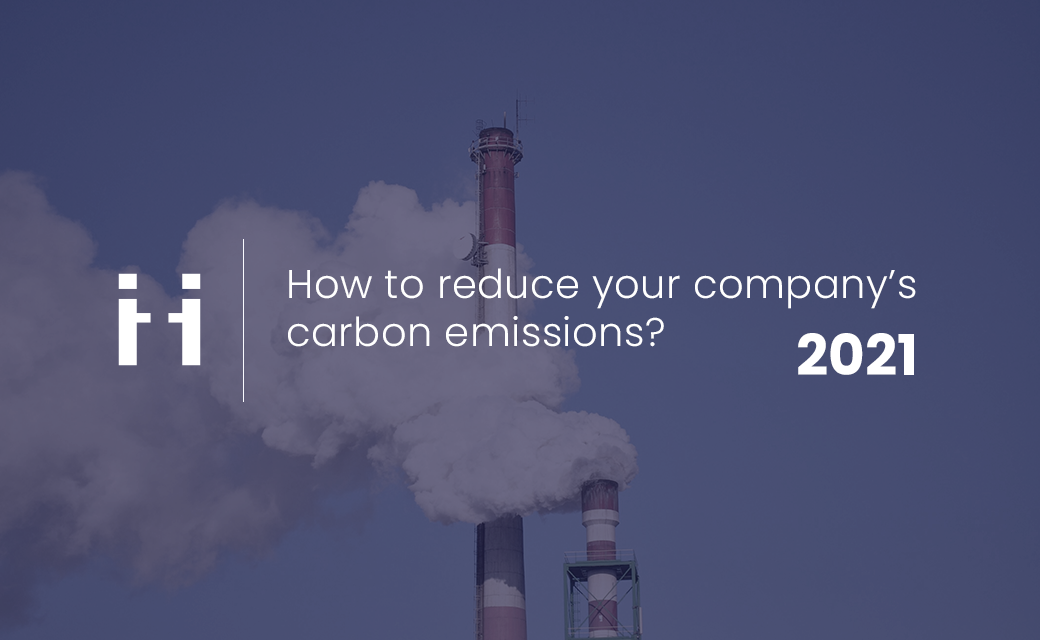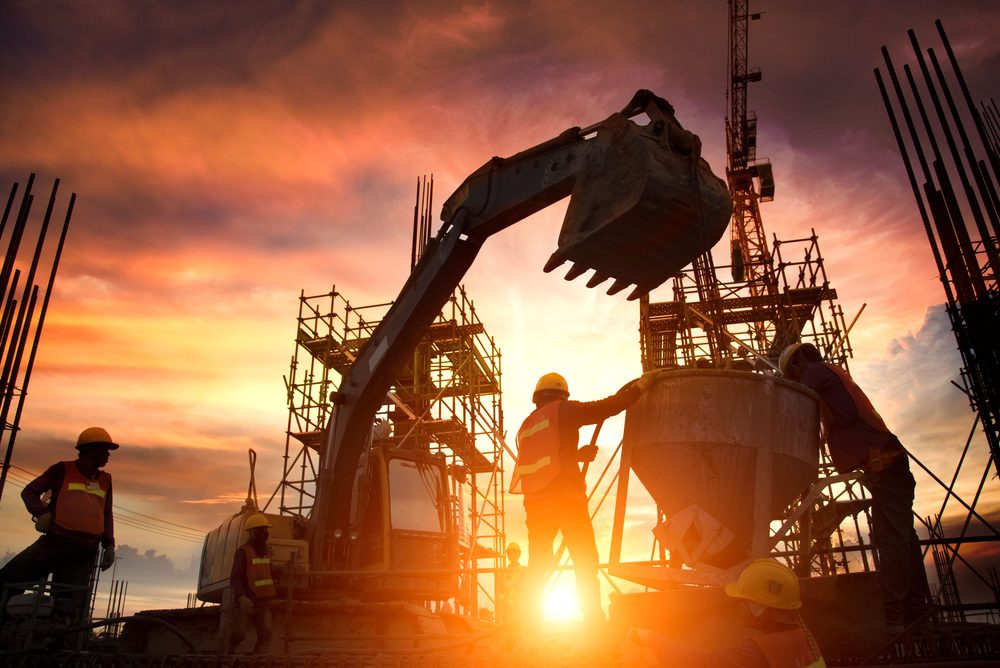
Share this article
Share this article
Global warming and environmental issues are increasingly taking center stage for both policymakers and consumers. A major part of the Paris Climate agreement involves drastically reducing carbon emissions to prevent a rise in global average temperature above 2°C. At the same time, activists like Greta Thunberg are making waves by calling for immediate climate action. Given the regulatory and societal trend towards reducing emissions, how can your company reduce its emissions while saving you money? This daunting task may be easier than you think. In this article, we’ll explore different approaches and technologies that will reduce your company’s carbon emissions.
Carbon emissions are quantities of Carbon Dioxide (CO2) emitted into the atmosphere when fossil fuels such as petroleum, coal, and natural gas are burned. These emissions come from many different sectors, from transportation to construction to manufacturing. When CO2 is released into the atmosphere, it prevents heat from leaving the earth’s atmosphere like a greenhouse. This “greenhouse effect” is why CO2 and similar gases are referred to as “greenhouse gases”.
Over time, the greenhouse effect heats the atmosphere to a level that impacts our climate on a global level. The increased heat can melt polar ice caps, making the sea levels rise. They also can cause extreme weather events such as extreme temperatures and wildfires. These hazards are why it is essential to reduce carbon emissions. While you understand the importance, you might be concerned that it will cost a lot of money to reduce greenhouse gas emissions. We’ve found some cost-effective ways that may change your mind.
Your company’s “carbon footprint” is how much CO2 it emits into the atmosphere through the totality of its activities. Depending on your industry, you may use fossil fuels to run a fleet of vehicles, run generators, or even power a factory. Replacing these carbon emissions sources can save you money in the long term if you replace them with more energy-efficient climate-friendly alternatives. Still, there are other ways to save money without needing such an upfront investment. By optimizing your field service management, you can reduce vehicle trips, thus reducing your carbon emissions.
Construction is a significant source of carbon emissions. According to the UN Environmental Program, construction accounts for nearly 40% of energy-related CO2 emissions. Some construction-related CO2 sources are the transport of materials and vehicles to the worksite, powering generators used on-site, and the CO2 emitted in concrete production. So how can you reduce these emissions?
The most impactful way to reduce your carbon emissions is by building “green buildings.” Green buildings are built to a standard that emits fewer greenhouse gases and is more sustainable than traditional construction methods. They are a quickly expanding sector which the IFC estimates will attract tens of trillions of dollars in investment over the next decade. By constructing buildings to a green standard like LEED or EDGE, you can differentiate yourself from competitors and earn a higher profit. The price of LEED-certified homes is about 8% higher than conventional ones. With consumer awareness of environmental sustainability growing, building green makes more sense than ever.
A quicker way to cut down on emissions is to use tools like ViiBE’s video chat. ViiBE cuts down on fuel costs by reducing the need to send experts to the worksite. Its expertise call routing easily and quickly connects the caller with the right expert for the job. ViiBE’s remote assistance allows technicians to quickly share photos and documents of any issues they encounter and even use a laser pointer remotely, so experts can guide them to solve on-site problems autonomously. ViiBE integrates into RealWear’s augmented reality technology to further enhance your remote capabilities.

Small steps can add up to offset your carbon footprint. When you upgrade your electronics, opt for more energy-efficient models. In the United States, these models usually carry the energy star label. You could change your electricity provider to one that runs on renewable energy. If your company emits a lot of carbon, it may take some time to lower your emissions. In that case, you may want to buy carbon offset credits as a short-term solution. Carbon offsets are an expanding practice where a company with high carbon emissions buys carbon credits from a “carbon negative” company. For example, Fiat Chrysler buys carbon credits from Tesla to offset their emissions from polluting vehicles.
Perhaps you want to take things a step further and make a more significant investment in reducing your company’s carbon emissions. You could convert your fleet of vehicles to more fuel-efficient hybrids or even replace your fossil-fuel burning fleet with electric cars. Companies like Amazon and UPS have invested considerable amounts in electric-powered delivery vehicles. As the cost of producing batteries goes down, the benefits of electric vehicles become clearer. They have fewer moving parts which means fewer parts to break and have to replace in the future. If you install solar panels, you could even power your fleet with carbon-neutral energy.

Remote video assistance solutions are an affordable way to cut your company’s carbon emissions drastically. ViiBE empowers your company to solve issues more quickly while reducing the number of trips your vehicles have to make. Allianz Partners reduced its CO2 emissions by around 93 metric tons in its first year using ViiBE. Thanks to ViiBE, this large insurance company helped over 5,000 customers get back on the road with peace of mind without having to dispatch a tow truck.
In the oil and gas industry, ViiBE’s technology has proven benefits. Remote interactions powered by ViiBE have significantly reduced the need to dispatch experts to oil rigs. With just a 20% reduction in these dispatches, supermajors can eliminate an estimated 994 tons of CO2 annually.

Carbon emissions are an increasing concern for everyone on planet earth. By reducing your company’s carbon emissions, you can help combat climate change and attract customers who share your priorities. ViiBE makes it easier than ever to reduce your carbon emissions while saving you money in the process.